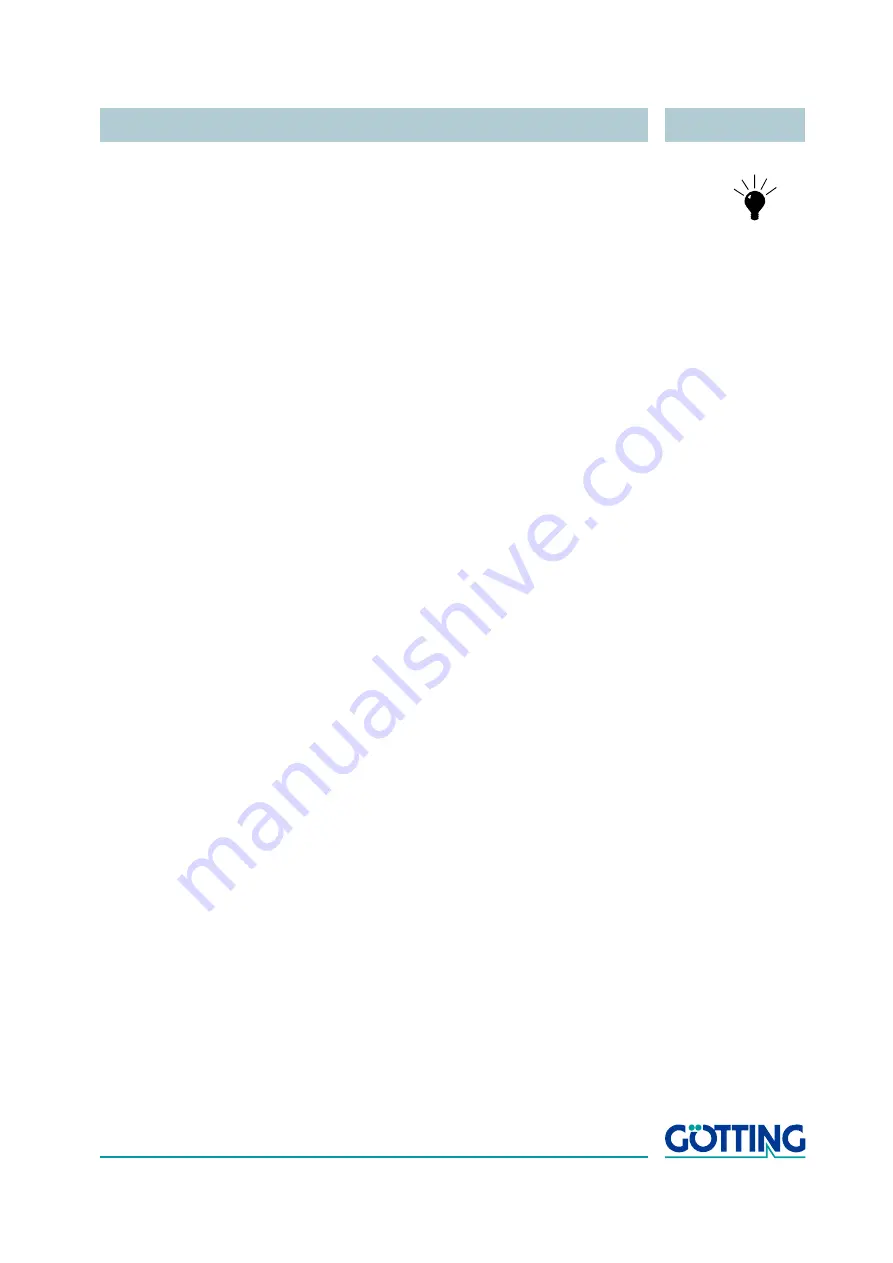
Guidance Control in Detail
English, Revision 07, Date: 07.03.2018
15
NOTE!
In order to prevent the steering controller from reloading a seg-
ment currently being changed by the vehicle control unit (the rev-
olution period from "reading the list" to "list stored" can take one
second), never edit the next segment (FIFO register number 1).
Instead edit the segment with FIFO register number 2.
2.1.1.4
Transmission of the segments
Usually the segments will be transmitted with the CAN bus. For test purposes the seg-
ments can be entered using the keypad (membrane keyboard) or via a terminal inter-
face. For more detailed information see chapter 4 „Commissioning“ on page 28.
The steering controller receives the segments in the CAN box with the identifier 0x194.
The structure of the box is described in the reference manual. This box only contains
one element of the buffer, wich is
Number of segment
(LowByte)
and
Number
of segment (HighByte
. The segment numbers will be transferred as unsigned
int (16 bit), but internally only 8 bit will be used. If a 16 bit addressing is required, there
is no need to change the communication.
To place the segment correctly into the FIFO register, the register number will be trans-
ferred as well (
Position of segment number in table
). The steering controller
will be called up every 50 ms. Therefore the transmission of the list takes at least 8 x
50 ms = 400 ms. This list always has to be transferred in ascending order. To prevent
double transmission within 50 ms (one message would get lost and the whole table
would be invalid) there is the toggle bit. If the vehicle controller sends a box, the status
of the first bit in byte 1 of the CAN box will be changed previously. The next box should
not be transmitted before Box 0x195 (response of the steering controller) has reached
the same status. The
target segment
is the last segment to reach the end of a de-
sired route. The target segment does not necessarily have to be part of the FIFO reg-
ister.
The CAN box of the answer by the steering controllerhas a similar structure. This box
indicates the current status of the segments in the steering controller.
2.1.2
Attributes
If the vehicle is driving in automatic mode, the corresponding attributes are carried out
when a certain support point is reached (e.g. turn signal, horn etc.) The 16 lower bits
have a specific predefined meaning and are transmittet. The function of these bits are
specified in the reference manual. The upper 16 bits are transmittet in CAN box 0x191
byte 5 and 6. For most attributes sufficient information is disclosed in the annex. The
only exception is offset driving.
2.1.3
Offset driving
Constantly driving on the same track can lead to a strong deformation of the surface
structure (e.g. asphalt). For some plants it is appropriate therefore to vary the route by
a few centimeters. However, the track may only be moved so far that it is still possible
to read the installed transponders. For transfer stations / end points the offset has to
be switched off.






























